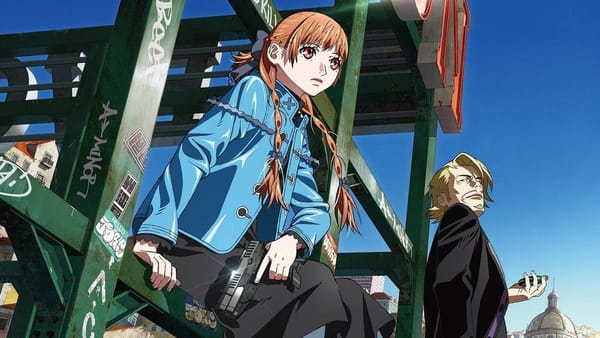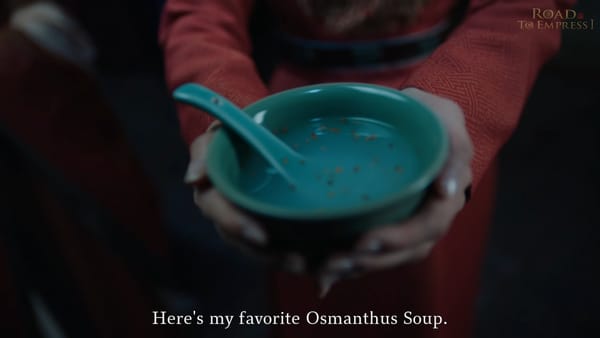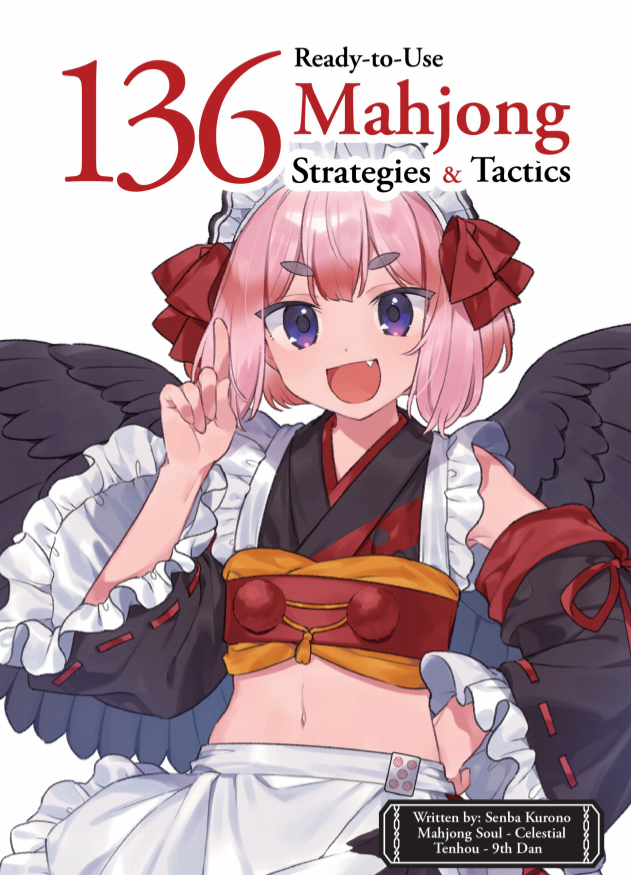Like a Dragon: Infinite Wealth review - What a strong RPG! What a disappointing story!
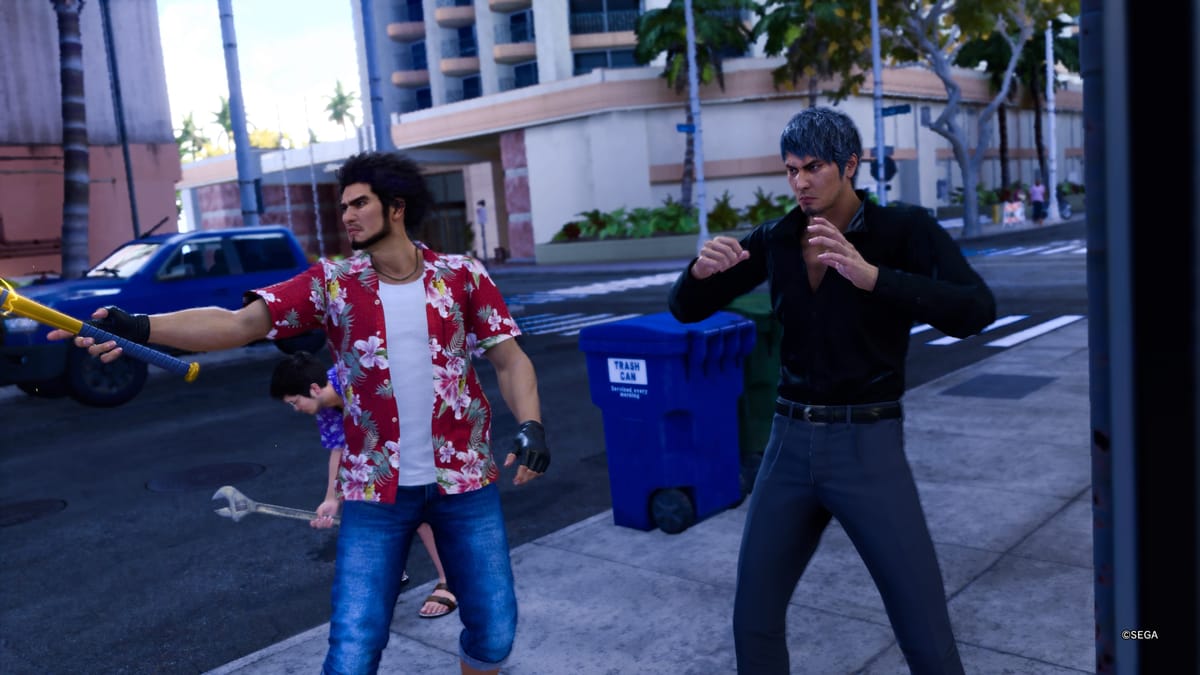
The short version of my take on Like a Dragon: Infinite Wealth is that you can read my review of the previous game, take each individual complaint, and imagine the reverse of that. The developers of Infinite Wealth have fixed every pain point of their previous RPG outing, finally reaching the compromise they were seeking between the old action-game Yakuza and a new Persona-flavored RPG experience.
It’s also a massive game, larger by an order of magnitude than anything Ryu ga Gotoku Studio has turned out short of maybe Yakuza 5, a game in which the 5 also stood for “five protagonists”. Not content with only focusing on the continuing adventures of new series protagonist Kasuga Ichiban, Infinite Wealth places an equal, if not bigger, spotlight on original series protagonist Kazuma Kiryu.
Unfortunately, the story isn’t nearly as tight as the game design here. I’d heed the dev team’s advice not to take it too fast, because the best parts of Infinite Wealth are exploration, side quests, and hanging out with your friends. Its narrative strength is establishing character, not plotting a story. Racing through this main story, overstuffed and ultimately inconsequential as it is, is just running towards disappointment.
Like A Dragon's Hawaiian tourism
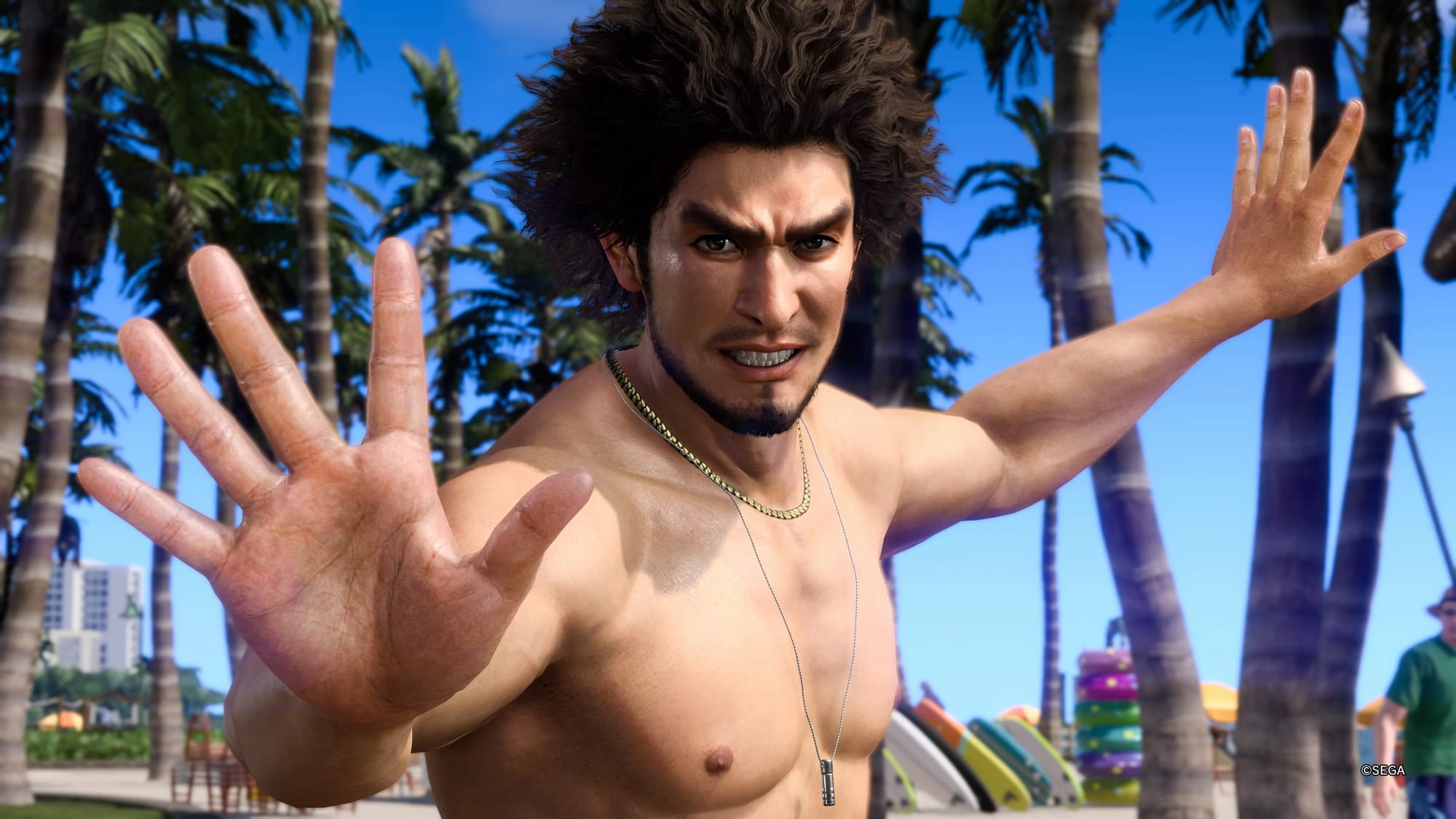
The big change is of course the well-publicized move to Hawaii, as Ichiban blows it in Ijin-cho and decides to take a vacation and meet his biological mom while he’s at it. This series has always specialized in establishing a sense of place, and this move feels like a full-circle moment: LAD has always offered digital tourism, in recent years driving more than a few international tourists– myself included– to Kabukicho's seedy gates.
And now for the first time, the Like a Dragon series is itself an overseas tourist, and it's excited about it. We've seen over the years, after all, how much this series loves American action movies. (I can't spoil the best movie reference by even saying the title of the movie, or you'll immediately know what it is.) The game’s sheer enthusiasm for this new challenge is palpable throughout the gigantic playable area.
The Honolulu area is massive, easily multiple times the size of series mainstay Kamuro-cho, dwarfing even Ijin-cho from the previous LAD. It takes time to scroll all the way across the map screen! Fast travel becomes necessary to traverse the new map due to the sheer American distance between the places you need to reach– whether it’s traditional checkpoint-based teleportation or a Segway– so you never feel lost or stuck.
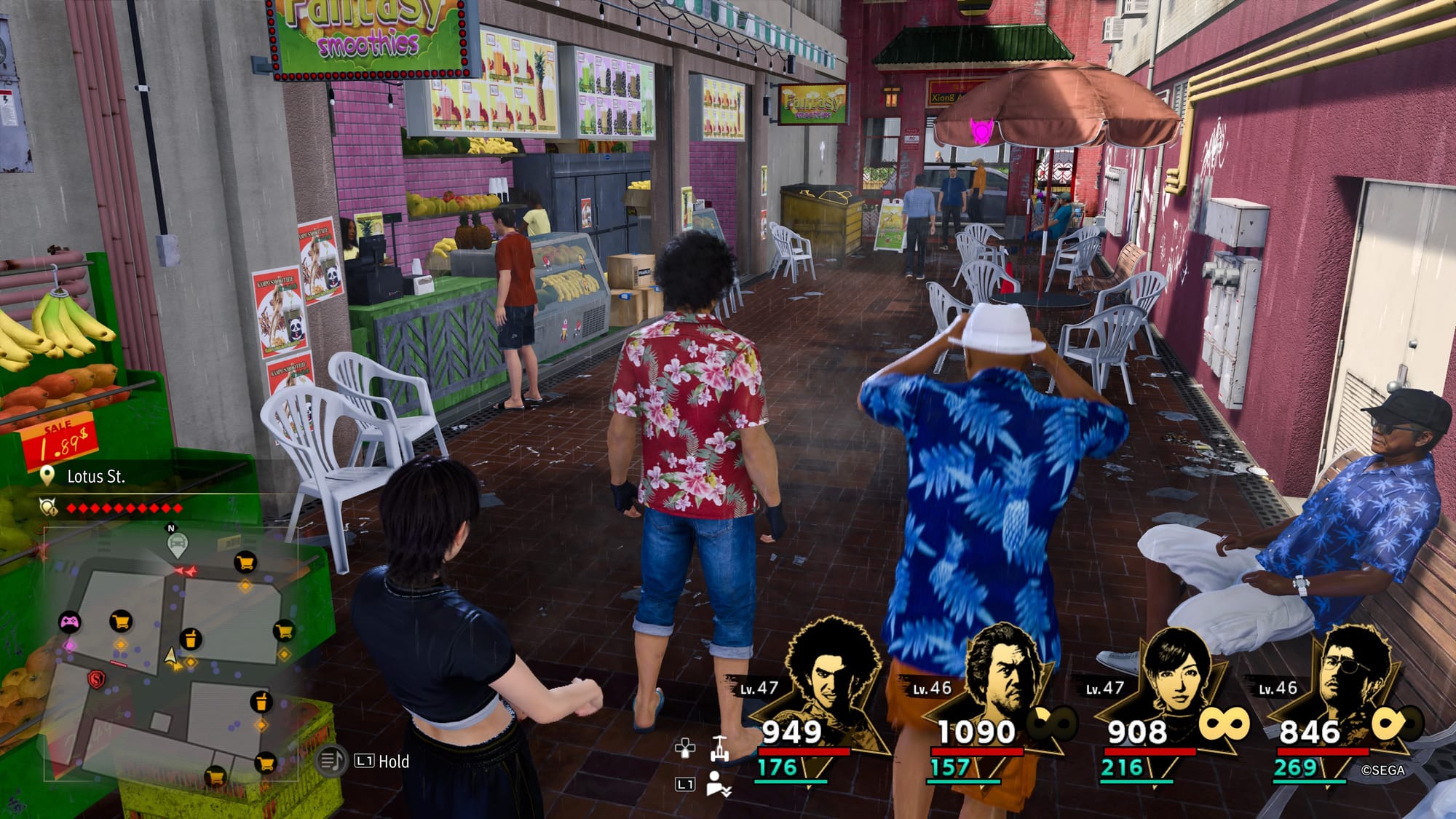
I’ve never been to the city myself, but it’s clear that the designers wanted to capture the feeling of a tourist city: the glitzy tourist districts just a bridge across from stark poverty and everyone living between. You start off on the beautiful beach, home to so many side quests and mini-games, and delve deeper into the city as the story progresses: over the bridge, past the mall, through the eclectic artsy district, into the rough parts of town.
There’s a big chunk of the city that you never need to visit to complete the game, including the beach. But the map is so densely packed: every spot is at least kind of important, from the farmer’s market to the parking lot of the mall to the red light district.
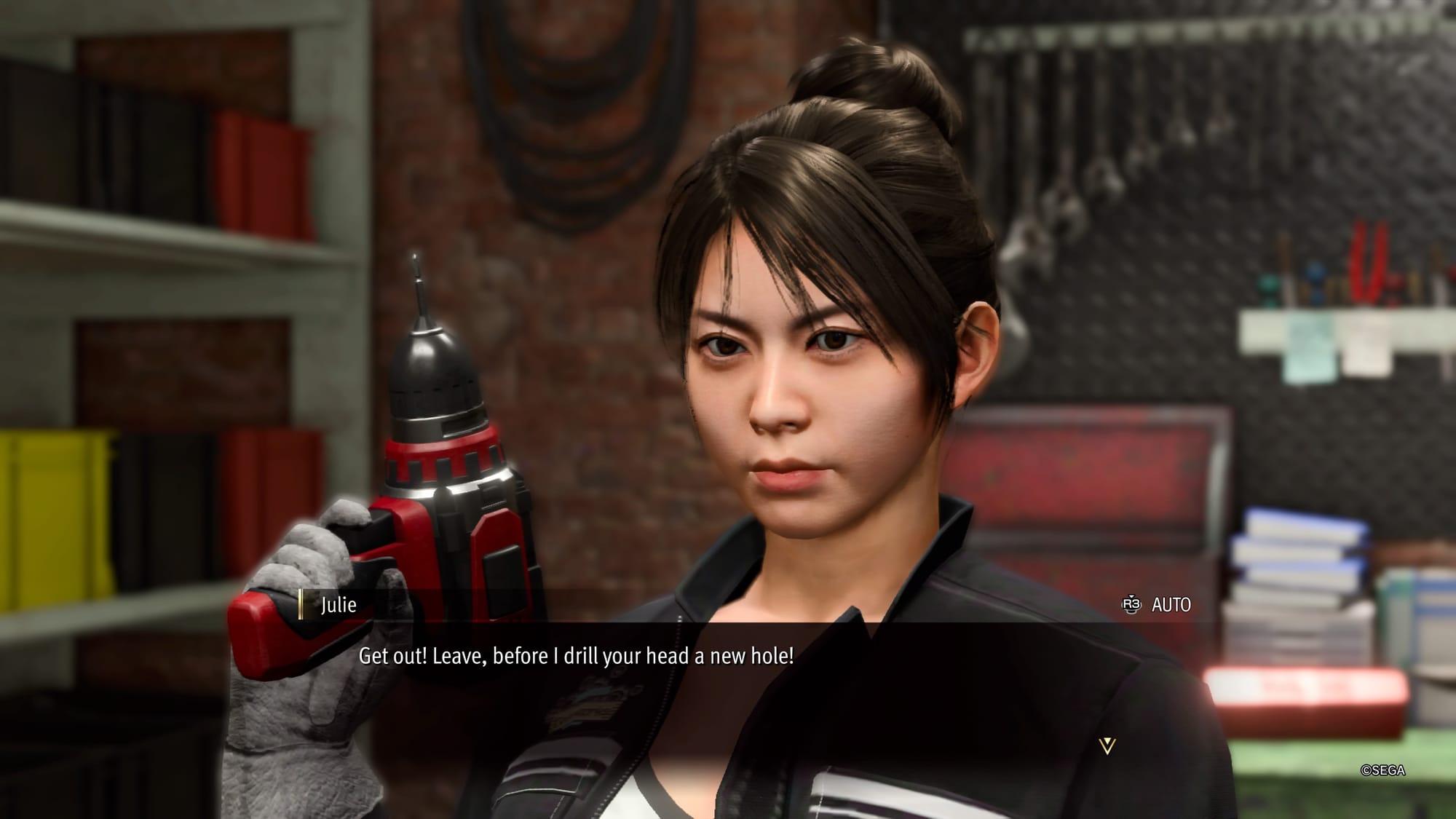
One of the ways the game pulls this off is very modern: it throws randomly-generated loot onto the map in every bush, behind every street sign and around every corner. Most of it’s garbage, but it’s garbage you end up needing to upgrade a weapon, or trade in, or whatever. And every so often, like a slot machine, there’s a “jackpot” item that you actually might have needed: you get a lot of your gear this way. You can never “clear out” the map: new loot is perpetually popping into existence, encouraging you to thoroughly check even the areas you've already explored. In fact, there’s so much loot pouring in at all times that it’s difficult to find a place to stop playing the game: there is always some item within arm’s reach, or a heap of garbage gleaming from inside a dumpster across a highway.
Aside from forcing compulsive item collection, Honololu is even more densely packed with side activities than any other title in the series, which is a pretty high water mark. The game is constantly throwing you off the straight line of the main story— in some cases forcing you off— and you should probably let that happen. This game is really at its best when you’re doing nothing in particular. For sheer extra hours of completely unrelated gameplay, it’s hard to beat the two full-length knockoffs of Pokemon and Animal Crossing that this game throws in.
This is a game with so much to do that it comes with podcasts to listen to while you do it.
Combat
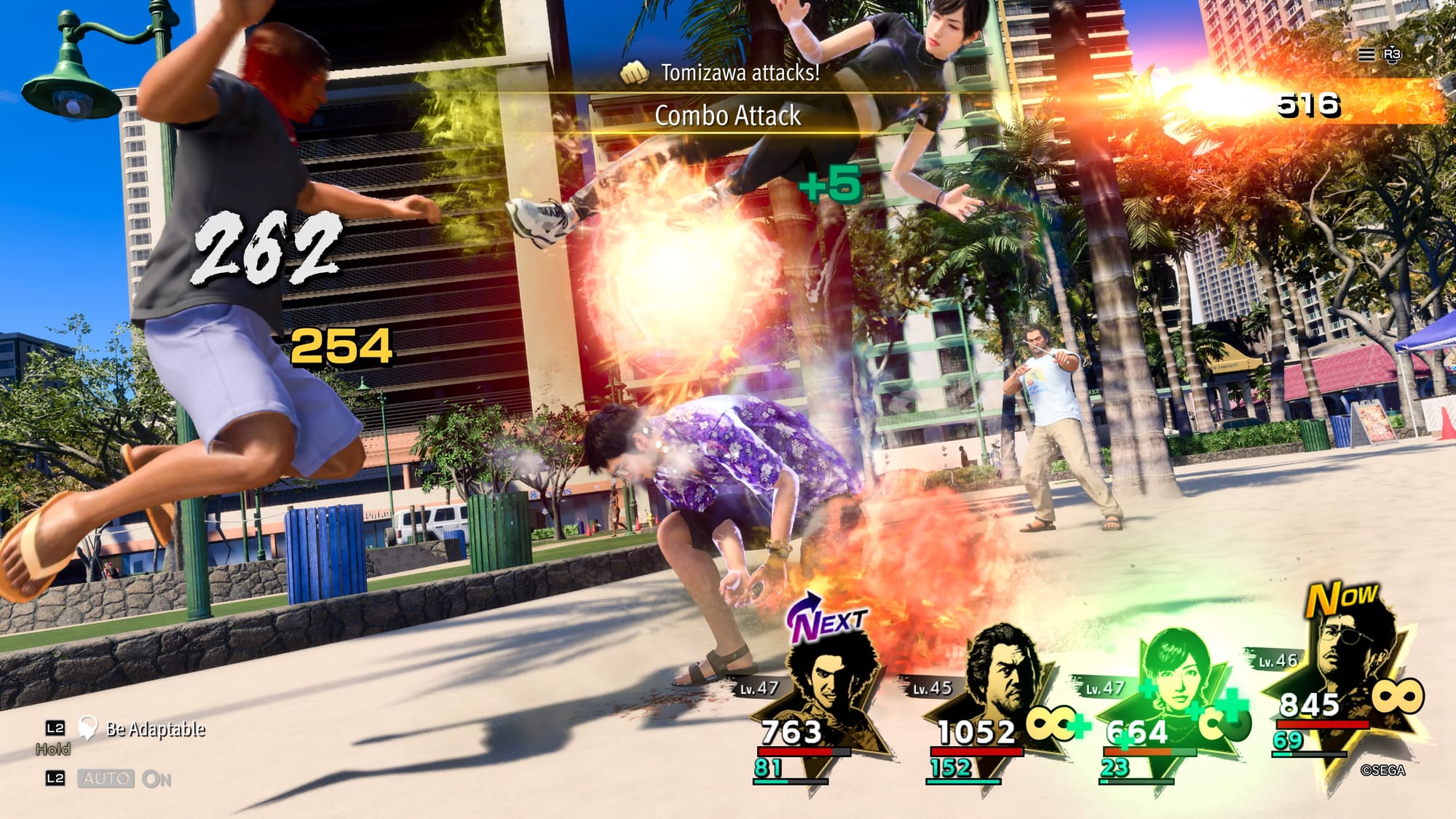
In the first few hours of this game, I started to feel like the studio had read my every complaint about the previous Like a Dragon and decided to directly address it. The RPG combat has been drastically improved, perfectly nailing the balance between the physically intense combat of LAD action games and solid JRPG design. Infinite Wealth’s combat is fast, exciting, engaging, and strategic.
The big difference is the ability to move your characters around the battlefield, introducing positioning as a tactical consideration. You can maneuver your character around to stab a distracted thug in the back, for example. You can aim your attack so that you’ll slam one enemy into the enemy standing behind him, or into a fellow team member who’ll smack that gangster back at you like a pinball. If you get in a fight by a cafe, you can grab a chair and get smashing. You may not ever manage it in a playthrough, but I happened to get very lucky and was able to punch a bad guy into oncoming highway traffic.
The ability to move and to knock enemies around the battlefield opens up possibilities and realizes the faint idea of a turn-based urban brawl that the previous Like a Dragon envisioned but didn't accomplish. A lot of the character jobs and abilities in LAD felt rather useless, but in this game everything has a unique function, whether it’s type weakness, area of effect, or debuff: the strongest attack isn't necessarily the best choice. Your magic users are good at poking at elemental weaknesses and nuking large groups, and your brawlers have knife and gun options in addition to raw physical damage. Every character feels useful in their own distinct way. It helps that this time you can actually see enemy weaknesses.
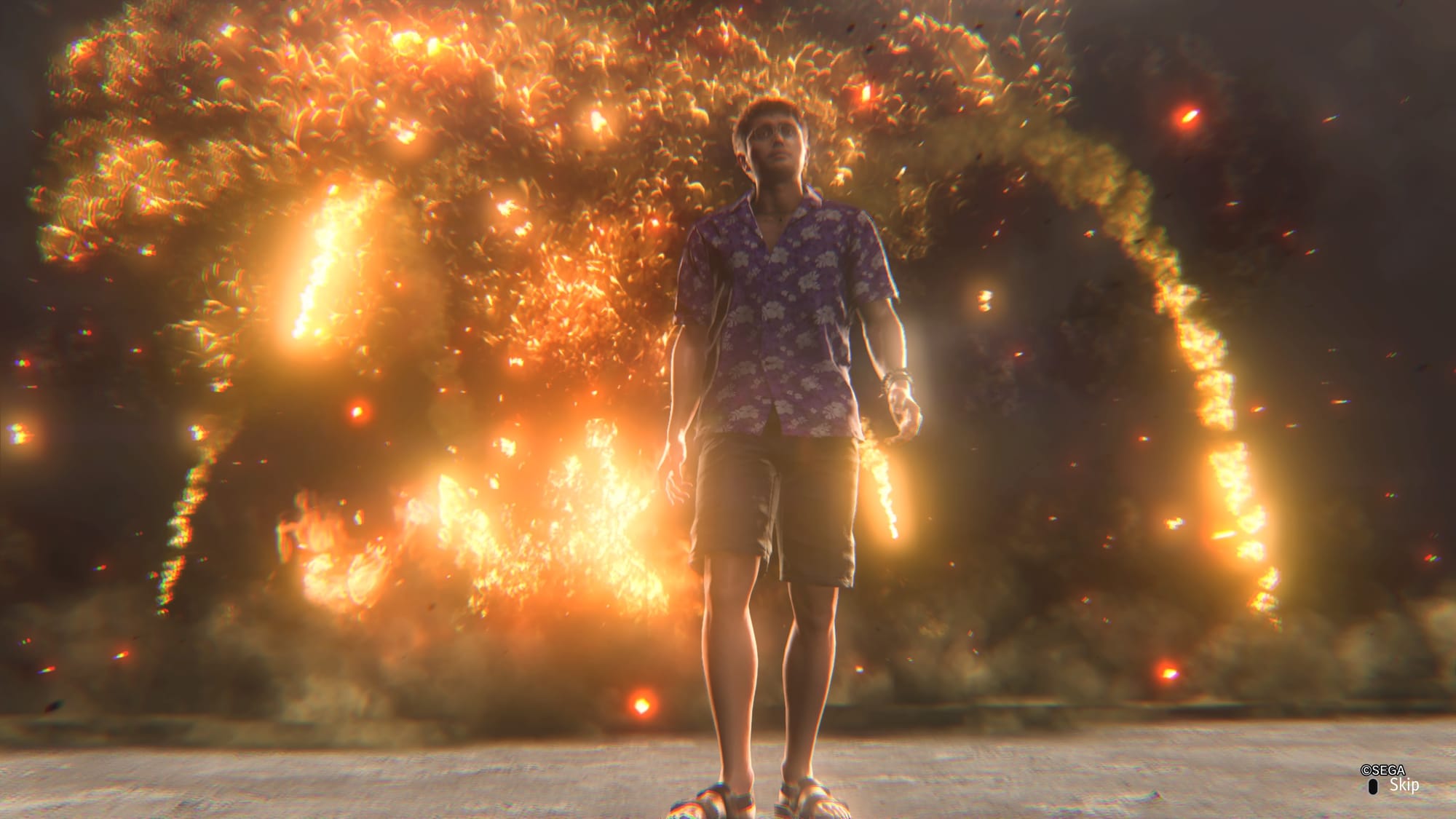
Jobs return, but after my experience last game, I made sure to stick to the characters’ default jobs throughout. The defaults were complete packages that worked well together; by splitting allies between continents, the game pretty much decides what party you’re going to be running at any given moment in the story. I’ll note that this time the job screen has a more explicit description and rundown of exactly what the job does before you switch to it. I tell ya, if I complained about something last time, this game fixed it.
Stuff to do
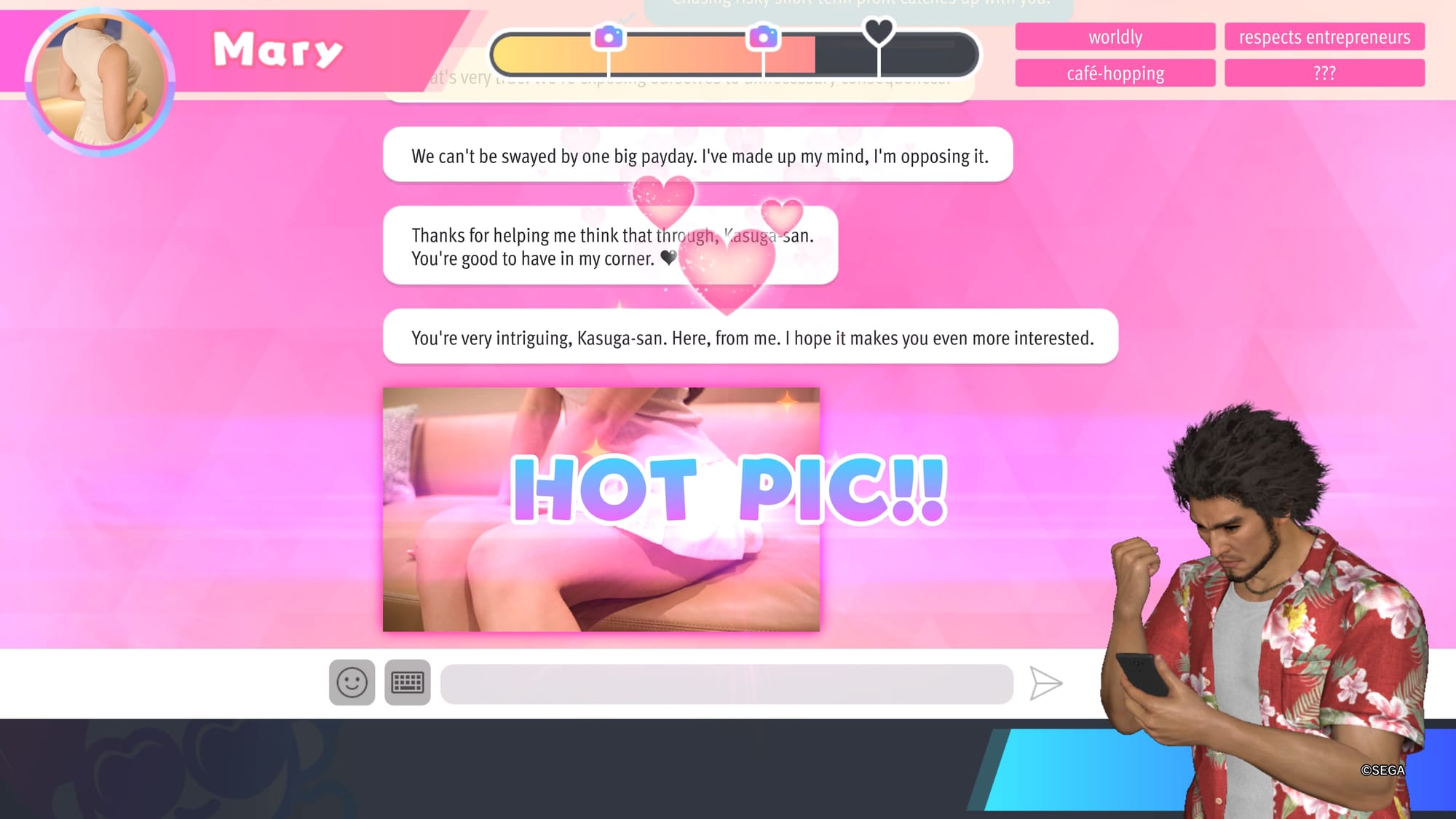
Again, Infinite Wealth stuffs all the usual returning side games from previous LAD titles in along with a couple of one-off games that are particular to Hawaii, like the bizarre “Sicko Snap”, in which Ichi takes pictures of exhibitionists posing on the street while he rides on a trolley. The Crazy Taxi-on-a-bike riff “Crazy Eats” had me smiling ear-to-ear and is probably the best arcade-style mini-game this series has yet produced.
(I’m a little surprised there’s no surfing; it’s apparent the devs put a lot of time into the water and the mechanics of swimming, because it feels great. Considering all you can actually do in the water is grind for yet more collectibles, it feels like there might have been something more the devs wanted to do here.)
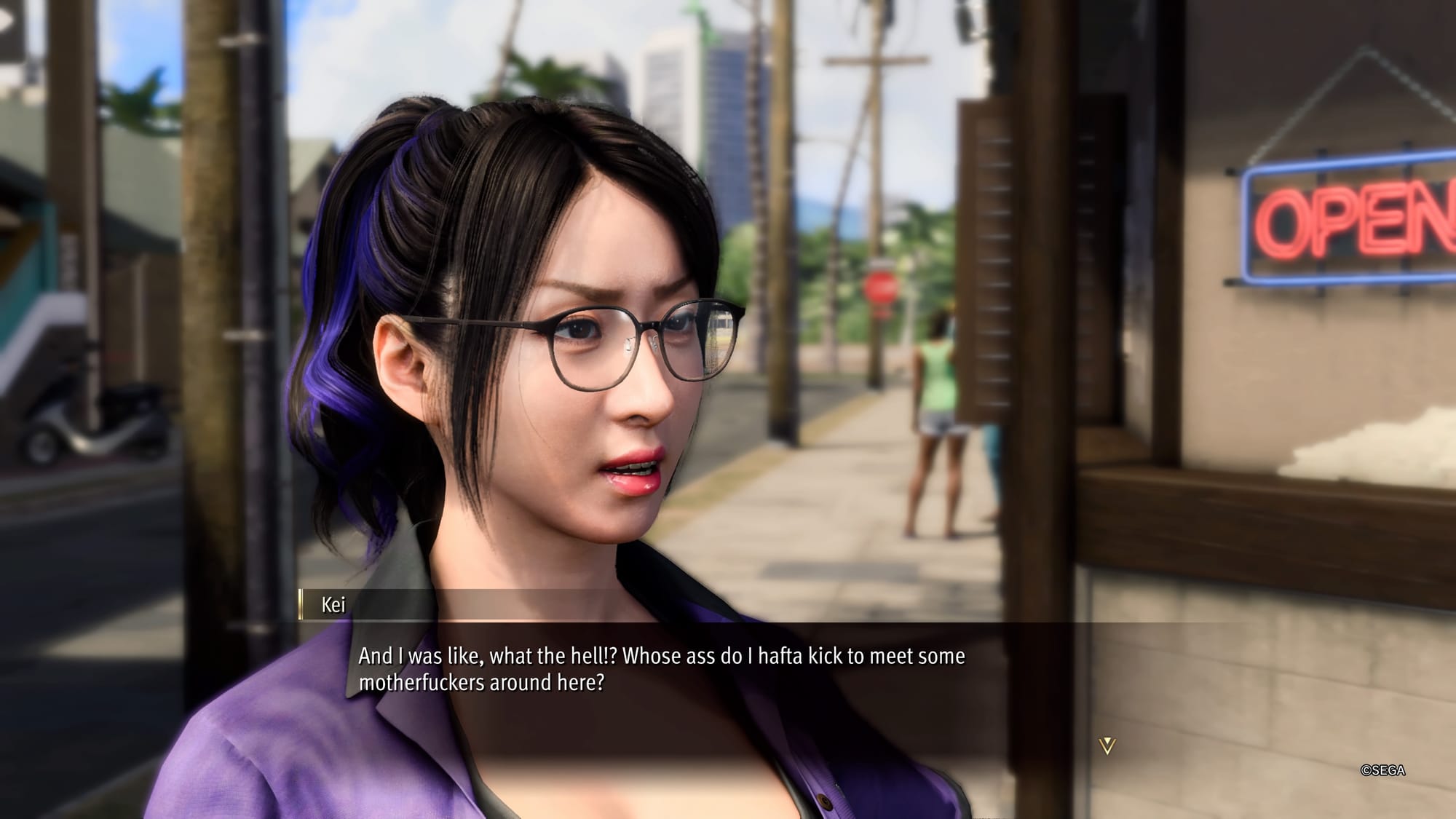
Bonds with your party members have been made easier to work on as well: I know I covered the map just to hear the party conversations, and once or twice had to spend an hour straight catching up on “drink link” stories as I’d gotten closer to my teammates. The writing really shines in these side stories, as you get to see Kiryu open up to people and Ichiban just crash into others’ lives trying to help.
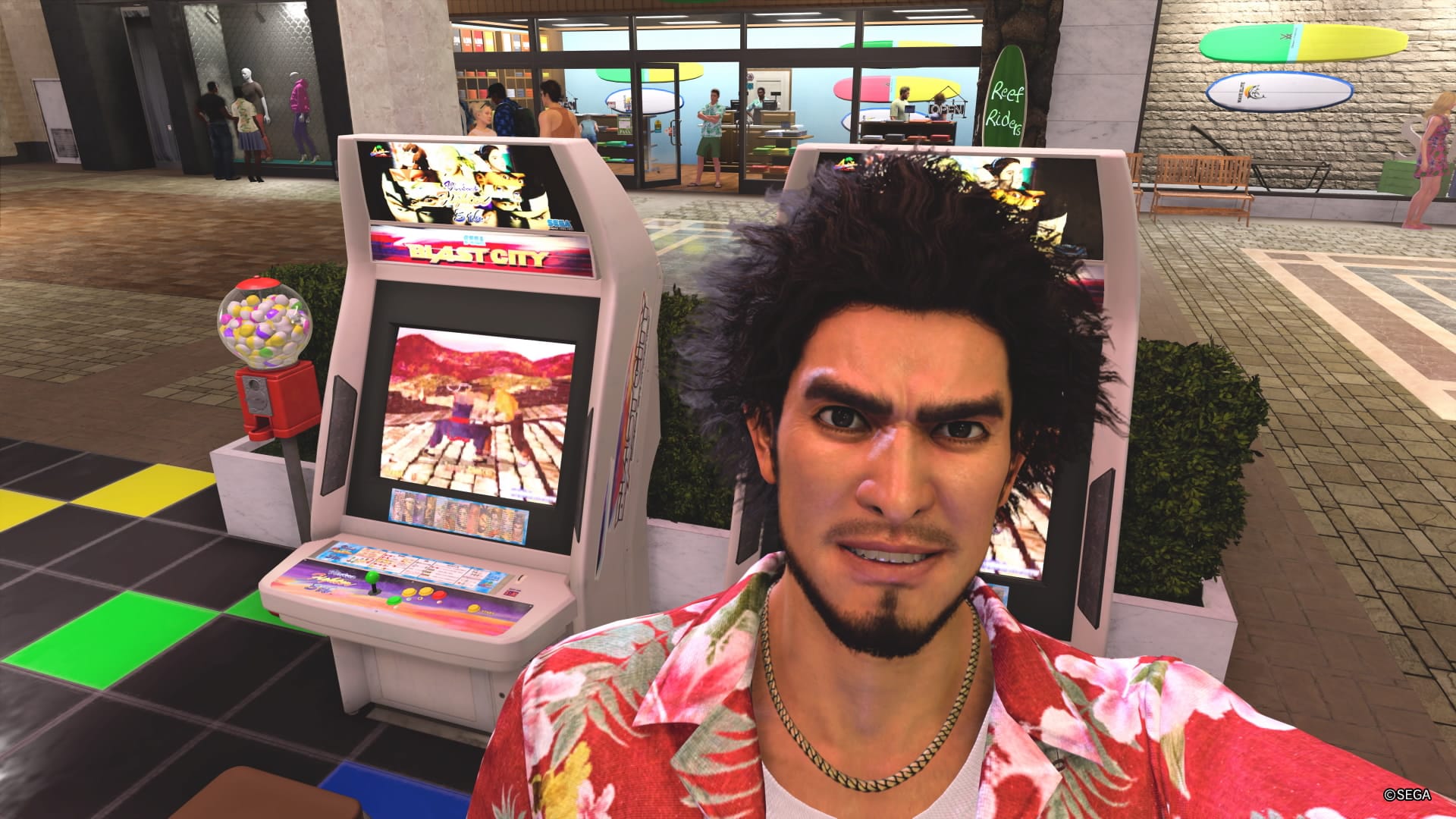
The Sega arcade offerings this time are pretty damn strong: we’re getting into Model 3— equivalent to the early Dreamcast era— arcade games now. Today Virtua Fighter 3tb (team battle) is the “weird one” of the series, with 3-on-3 battles and uneven terrain that mixes up fights quite a bit. But it’s also that same shakiness that makes it interesting to play today. And of course, consider that this game came out in 1996. The feel of this direct arcade port is noticeably different from the Dreamcast port, making this new release the current definitive version.
Sega Bass Fishing is a high-speed arcade fish-fest that you can get for really cheap on Steam. The crown jewel of the collection is probably Spikeout, a networked 4-player beat-em-up with deep systems, insane combo depth, and no real home port before this game. (You can even play 4p Spikeout from the main menu if you’ve got the controllers, bless.)
Story
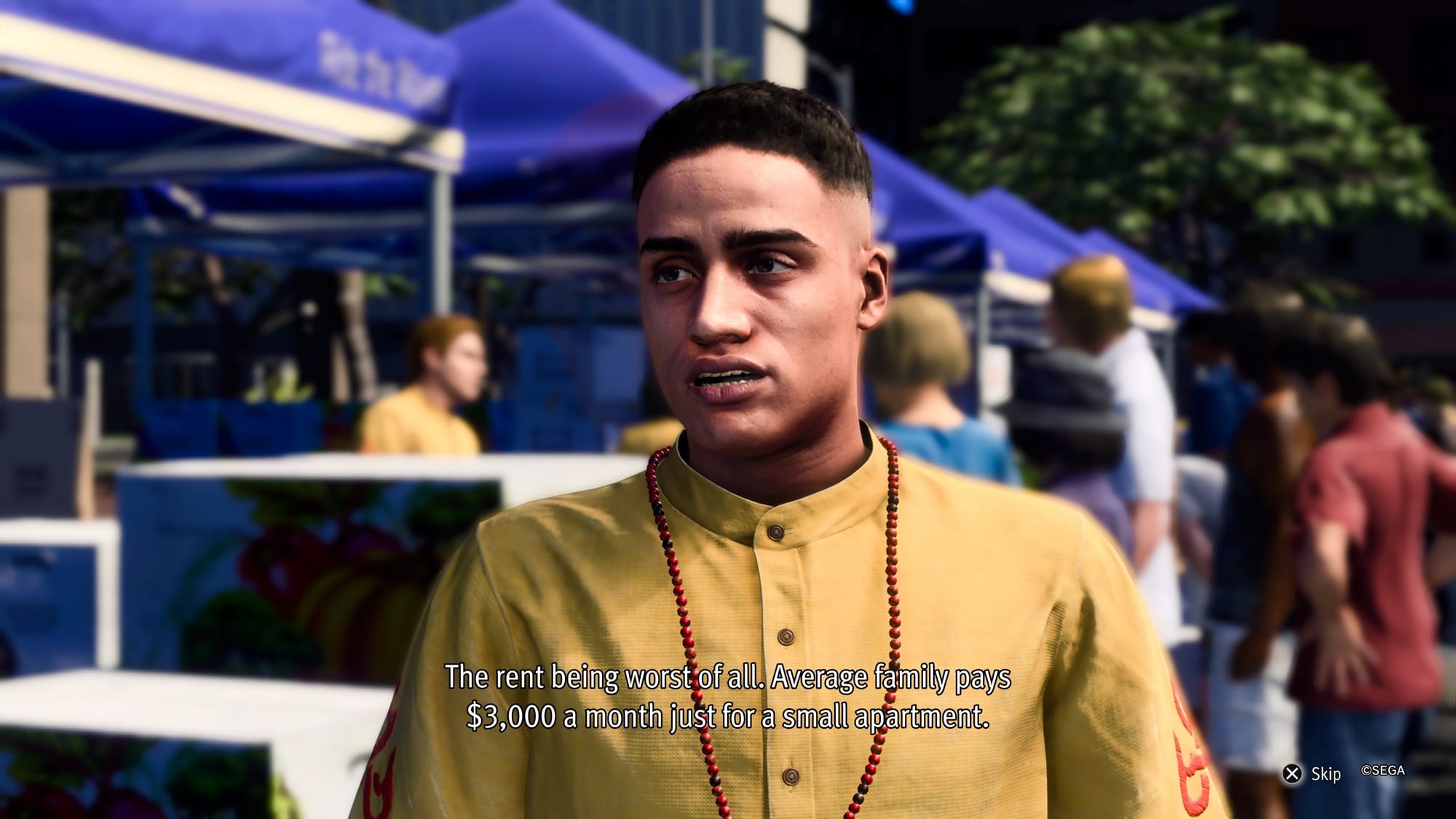
As Ichiban’s story goes on, the search for his mom becomes secondary to a major criminal conspiracy (you know how this series is) concerning the religious charity Palekana, and a protracted chase involving various crime families ensues.
But Ichiban’s quest is only half of what’s going on in this game. Soon after old series protagonist Kazuma Kiryu returns, he splits off from the party into his own adventure back home in Ijin-cho. Each man ultimately takes on his own quest and his own party, and the game shoots back and forth between them.
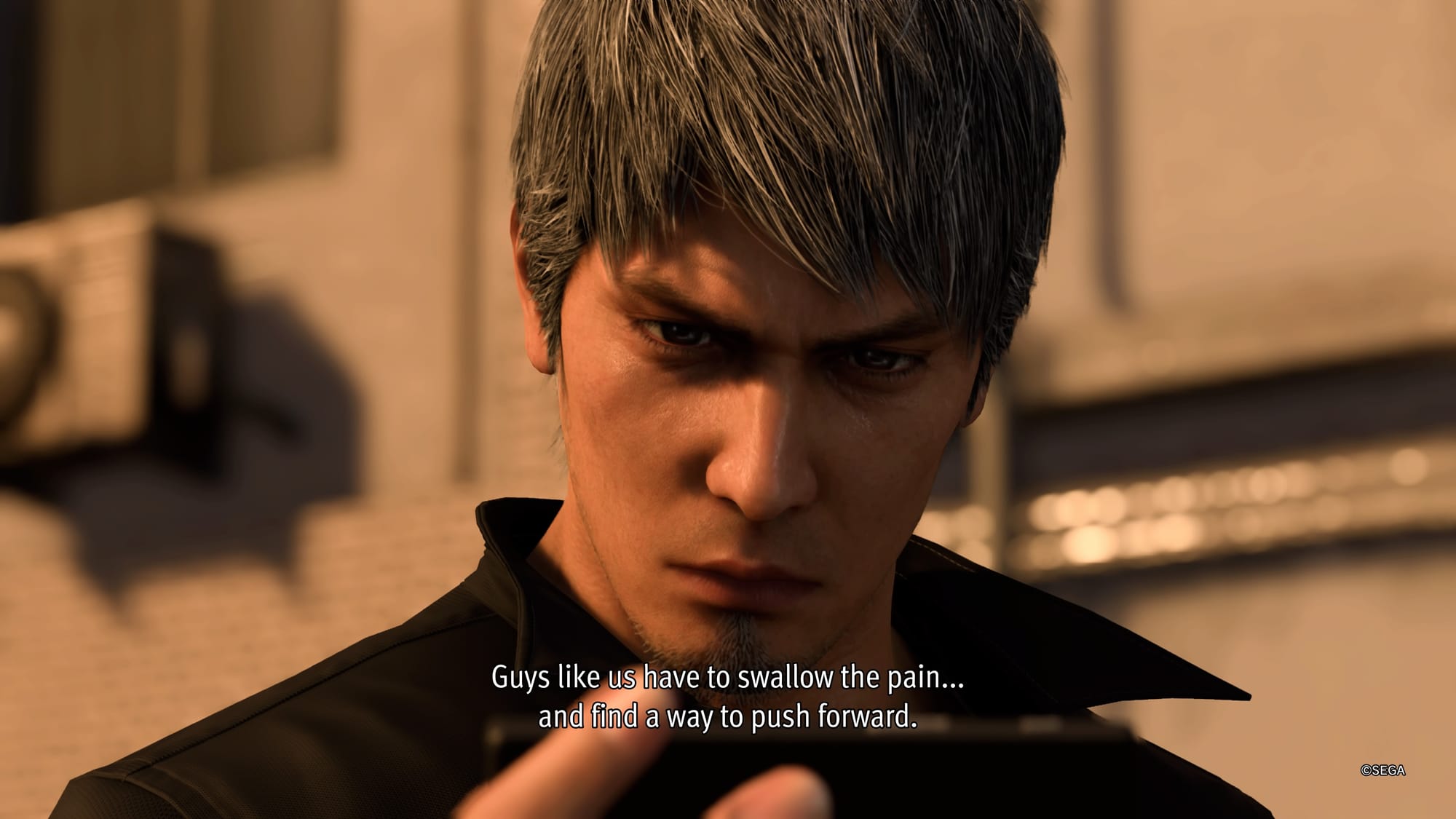
Kiryu’s part of the journey is a lot more laid-back in nature: events have forced him to take a break back in Japan and reflect on his life. Yeah, he just busts some yakuza offices instead. Little of this reflection is actually required to finish the game story, but his main mechanic is called the “bucket list”: rememberances of the past and meetings with old friends, both in Ijincho and eventually back in Kamuro-cho, raise various experience meters that make him stronger. He’s technically investigating and supporting Ichiban from Japan, but that’s not really what Kiryu’s story here is about: it’s about Kiryu tying up loose ends, and about us remembering this character over the years.
A Like a Dragon story usually cranks the pace up slowly until it reaches a 200mph rollercoaster ride, but this one hits the gas and then slams the brakes hard every time you get somewhere. As I mentioned before, you're constantly being pulled aside to perform tasks meant largely to pad out the game length. If something interesting happens on one side of the game, you can be sure the screen is going to fade out immediately and cut to the other party. Again, this really isn't a game to rush: it actively impedes you from doing so.
But my biggest issue with the story in this game is that unlike tighter LAD/Yakuza titles, stuff just kind of happens without much reason behind it. A mysterious and apparently omnipotent tattoo parlor proprietress comes to mind, but there is a steady supply of other weird plot developments and character motivations that either don’t follow or are just much too coincidental. Nothing seems to matter for very long, and long-standing conditions like Kiryu’s faked death and Daidoji’s severe restrictions on his actions are casually brushed aside as though they were never there.
Three months before Infinite Wealth released, there was an entire game specifically about how Kiryu had to live in absolute secret under the Daidoji or they would kill his family— in fact there is a side quest line in this game about that as well — yet in this story, everybody’s stance on all that just magically flips over to “oh, whatever.”
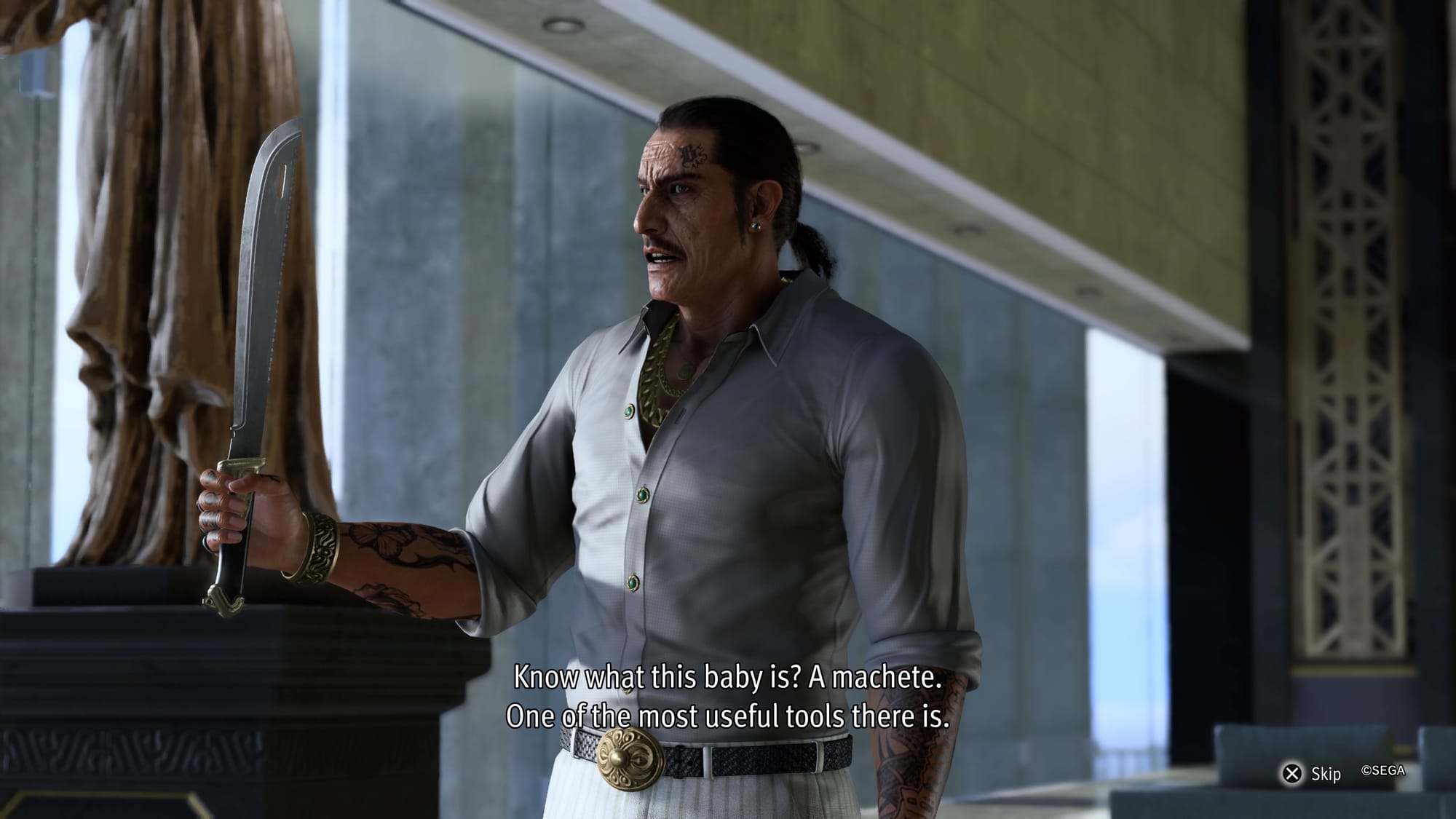
Just as Ichiban works more emotionally than logically, the standout characters of Infinite Wealth are more compelling than the actual storyline. There are some really strong antagonists here, like the eccentric, fanciful minor gang leader Yamai, who comes off as a minor-key version of the first game's Goro Majima. Ichi’s new best buddy, hard-luck Hawaiian cabbie Eric Tomizawa, convincingly plays the ordinary guy dragged into a story that pretty quickly flies all the way over the top. The path the writers choose for Kiryu– learning to accept the support of his friends– was a nice move for his character, too.
But the actual story doesn’t follow through on anything it brings up. It feels like with the dual protagonists came too many ideas and themes to fit into one game, leaving a trail of hanging story threads in its wake. Kiryu is dealing with his guilty conscience, his instinct to stoically endure, and he's wondering whether his life was truly well lived. Ichi has given his life to offering new beginnings to the fallen, no matter their crimes, and he's trying to find family. That doesn’t sound bad, but the result comes out mushy; there’s no focus, and Infinite Wealth absolutely does not stick the landing.
Conclusion

Overall, I’m deeply torn on Infinite Wealth. I had a great time with the RPG gameplay, the beautifully realized Honolulu neighborhood, the quirky characters and bizarre side stories, and even the combat. I didn’t run out of stuff to do, nor did I get bored of exploring for the 40 hours it took me to finish the story. My guess is that I’ll probably play it for at least 20 more hours, if anything.
But the story makes promises that it has no intention of delivering on, and rolling credits on the game felt profoundly unsatisfying and empty, in a way that brought the whole experience down a notch. Like a Dragon series games always leave me with a lot to think about immediately after the game is through. This time, the only thing on my mind was the depth of my disappointment in the story.

Well, that, and I was wondering how Gachapin and Mukku were doing.
The Gamesoft Robo Fun Club is a one-man labor of love with no sponsors but you, the reader. To support the newsletter and read subscriber-only articles, including the spoiler section for this review, please consider upgrading to a paid subscription.

